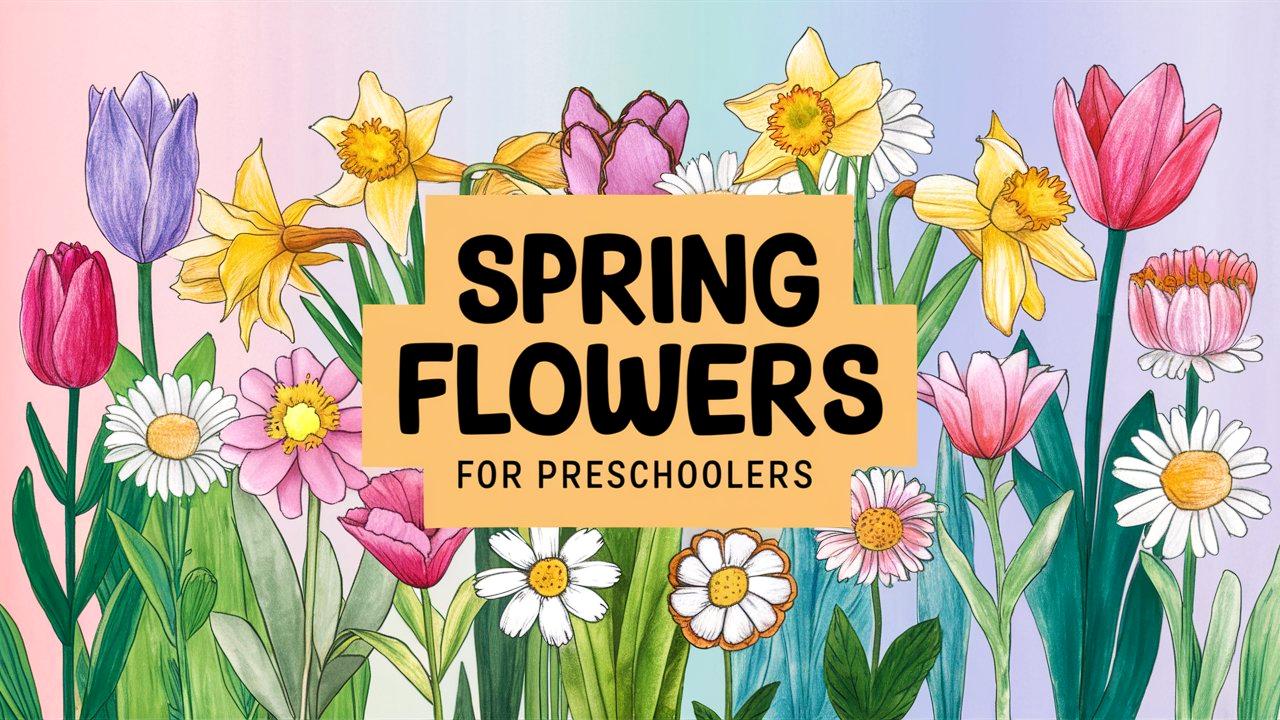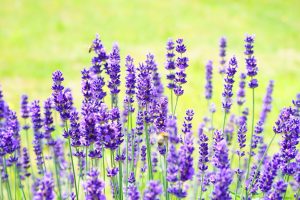For mothers looking to engage their preschoolers in hands-on activities, planting flowers is a fantastic way to spend quality time with your little ones. Not only does gardening teach kids about nature, but it also fosters responsibility, creativity, and curiosity.
In this post, we will guide you through easy-to-grow flowers and delightful activities that will be enjoyable for both you and your preschooler.
Marigold
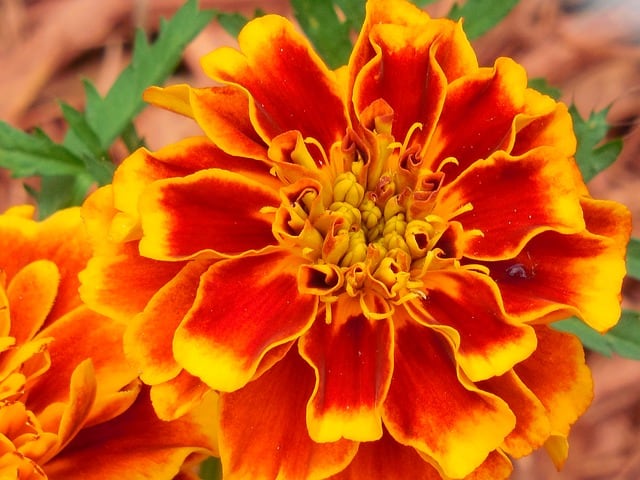
Marigolds are a favorite for many gardeners, and for good reason! These bright yellow and orange flowers are incredibly easy to grow and bloom quickly. They have a delightful smell and can even help keep pesky insects away. Your preschooler will love watching them sprout and explaining why these cheerful blooms are often seen in gardens.
Morning Glory
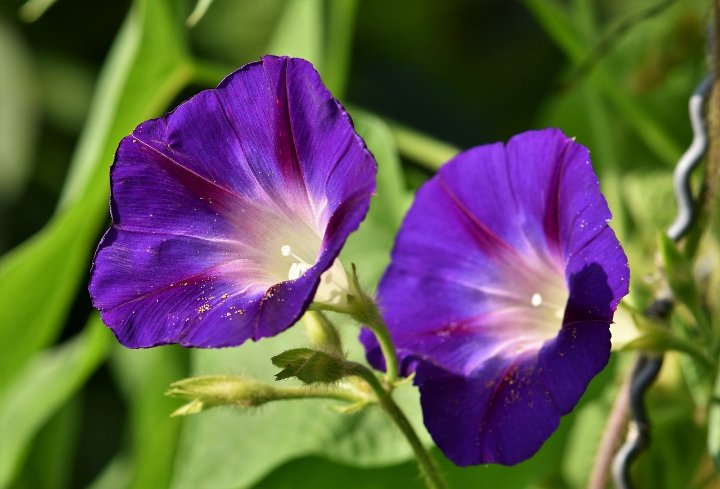
Imagine teaching your child about flowers that open in the morning and close by afternoon! Morning glories are climbing vines that produce stunning, trumpet-shaped flowers in vibrant colors. Kids will enjoy seeing how they grow up trellises or fences, making this a fun way to add a touch of magic to your garden.
Zinnia
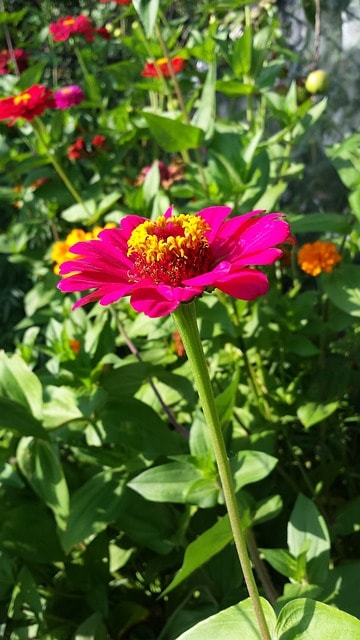
Zinnias burst with color and come in various shapes and sizes. They are excellent for introducing your preschooler to beautiful blooms. You’ll be thrilled to see how they attract butterflies, which can lead to exciting conversations about pollinators and the environment!
Nasturtium
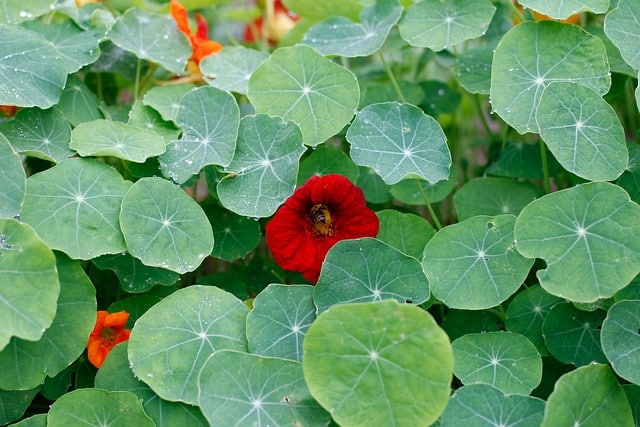
Nasturtiums are both beautiful and edible! With round leaves and bright orange or yellow flowers, they can add charm to any garden. Plus, your child will love discovering that they can eat both the flowers and leaves. This can make for a fun culinary adventure as you explore new tastes together.
Impatiens
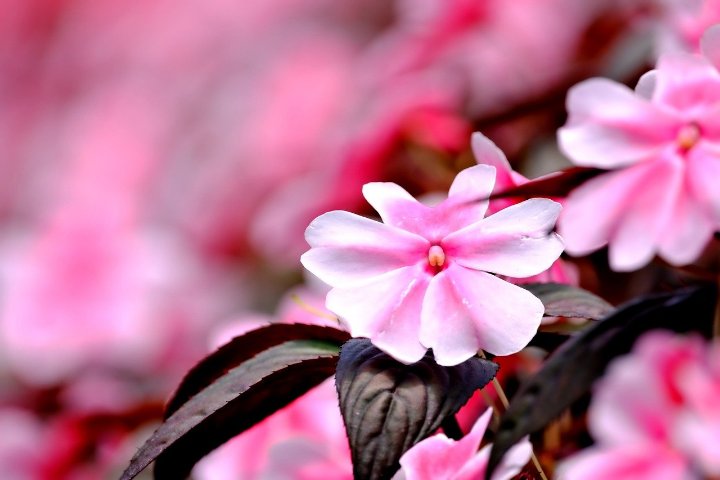
If you’re looking for flowers that thrive in the shade, impatiens are an excellent choice. Their soft petals come in a variety of colors, making them visually appealing for little ones. Planting impatiens can introduce kids to the importance of sunlight and care, all while enjoying beautiful blooms.
Sunflowers
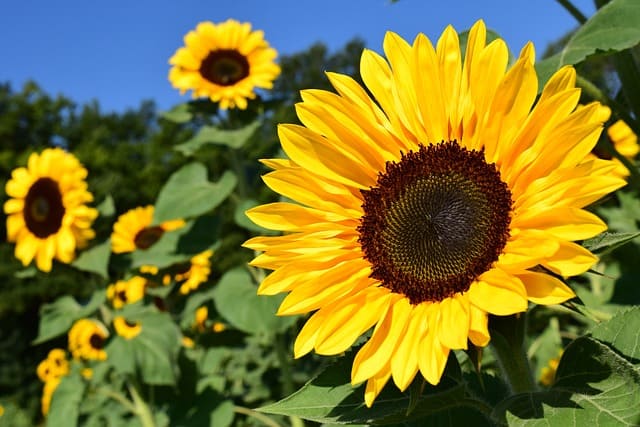
Who doesn’t love sunflowers? These iconic flowers are not just big and cheerful; they grow quickly, making them perfect for young gardeners. Your preschooler will be amazed to watch them follow the sun as they reach for the sky! Plus, harvesting the seeds can be a delightful bonus at the end of the growing season.
Geranium
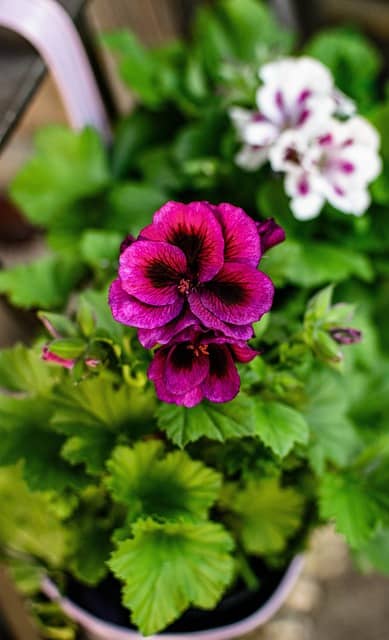
Geraniums come in many vibrant colors and are easy to care for. These hardy plants can be grown in pots or garden beds, which is great if space is limited. Teaching your child about geraniums gives them insight into the responsibility of caring for live plants, making it a valuable learning experience.
Nigella
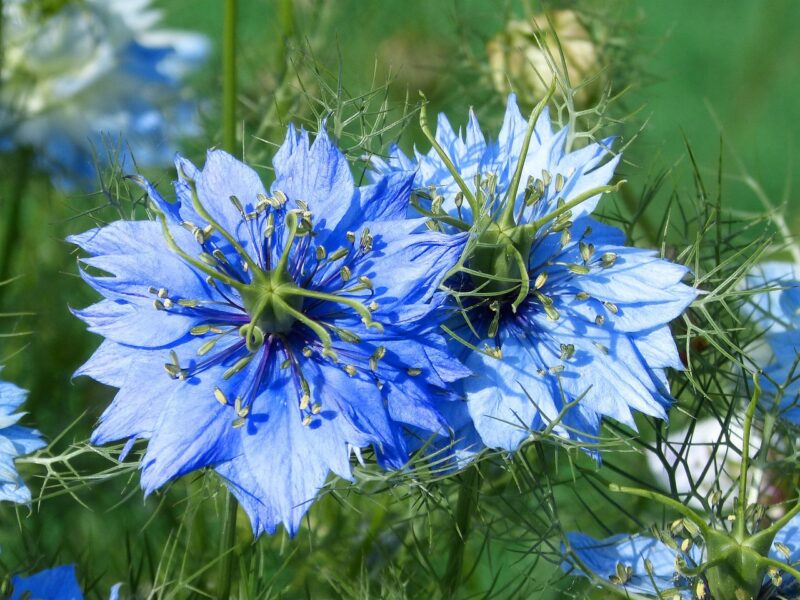
Nigella, or love-in-a-mist, offers a unique and enchanting look with its delicate flowers and intriguing foliage. As a parent, you can discuss the fascinating nature of different flowers and how they flourish, igniting your child’s wonder for the gardening world!
Sweet Peas
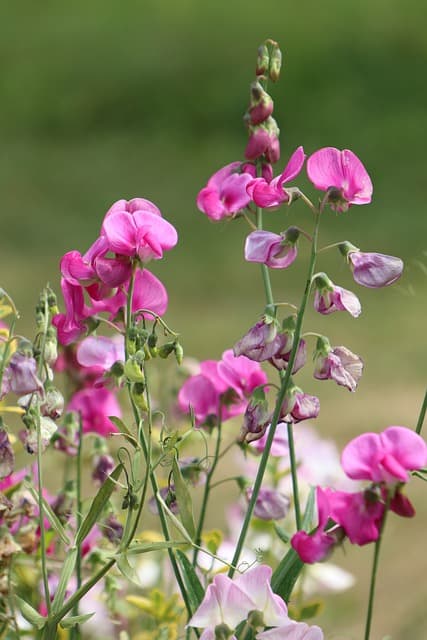
Sweet peas provide a sweet fragrance and beautiful blooms. They also have a climbing nature, offering another opportunity to create a trellis with your child. Watching them grow and discussing their lovely scent can foster a love for gardening and nature.
Growing Flowers Activity For Kids
Engaging your preschooler in planting flowers can be a memorable shared experience. Here’s a simple activity to get your little one involved in the wonders of gardening.
Supplies
You’ll need a few supplies to make this fun:
Potting Soil: Choose a lightweight mix that’s easy for little hands to work with.
Tray: This will keep your planting area clean and organized.
Small Seed Starting Pots: You can find these at garden centers or recycle plastic cups!
Popsicle Sticks: Great for labeling your flowers with their names.
Permanent Marker: To write the names on the sticks.
Scoop: For transferring soil easily.
Variety of Seeds: Select easy-to-grow flowers like marigolds and zinnias.
Small Cups for Water: These will help with watering your plants.
Water: Essential for your new beautiful flowers!
How To Grow Flowers From Seed
Prepare the Pots: Start by filling each pot with potting soil, leaving a bit of space at the top for watering.
Plant the Seeds: Help your little one plant two or three seeds in each pot. Show them how to make a small hole and gently cover the seeds with soil afterward.
Label the Pots: Encourage your child to write the name of each flower on the popsicle sticks. This adds a personal touch and helps them learn!
Water the Seeds: Using the small cups, assist your preschooler in watering the soil. Discuss how plants need water to grow, but not too much!
Find a Sunny Spot: Place the tray in a sunny spot, explaining how sunlight helps plants grow tall and strong.
Monitor and Care: Encourage daily checks to see how the seeds are sprouting. This is a wonderful way for your child to learn responsibility as they care for their plants.
Transplant If Necessary: Once the seedlings are strong enough, consider moving them to a larger space outdoors. This is a great opportunity to teach about plant care in different environments.
By following these steps, you and your child will experience the joy of watching your flowers bloom, making planting a truly magical adventure!
More Fun Things For Kids To Grow
As a mother, you’ll find that gardening can involve more than just flowers. Here are some other delightful plants that are perfect for preschoolers:
Herbs
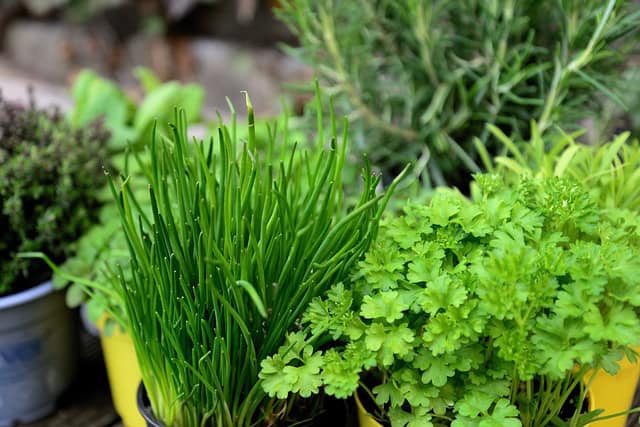
Growing herbs like basil, mint, and chives can add a delicious twist to your gardening. Kids can learn about these edible plants and even help you in the kitchen as you incorporate them into meals. This adds an exciting culinary aspect to your gardening endeavors!
Vegetable Gardens
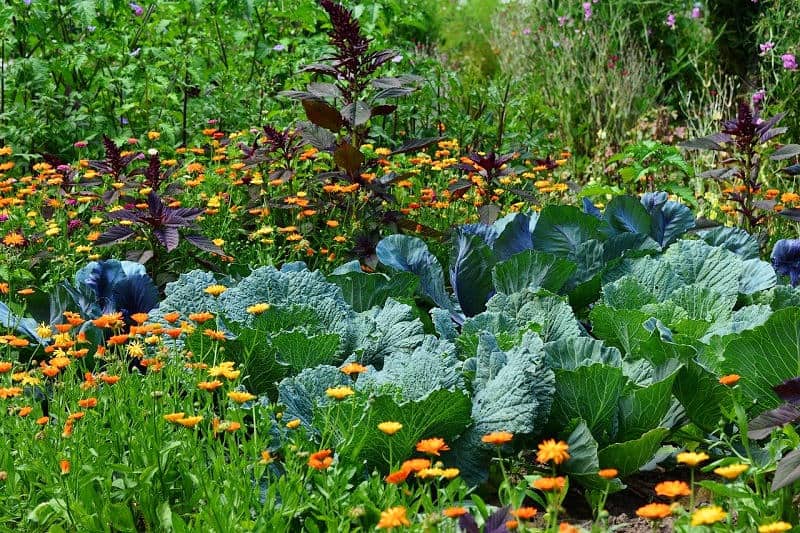
Starting a small vegetable garden can be rewarding for both you and your child. Consider fast-growing veggies like radishes and lettuce. This not only teaches patience but also encourages kids to enjoy fresh, healthy foods.
Succulents
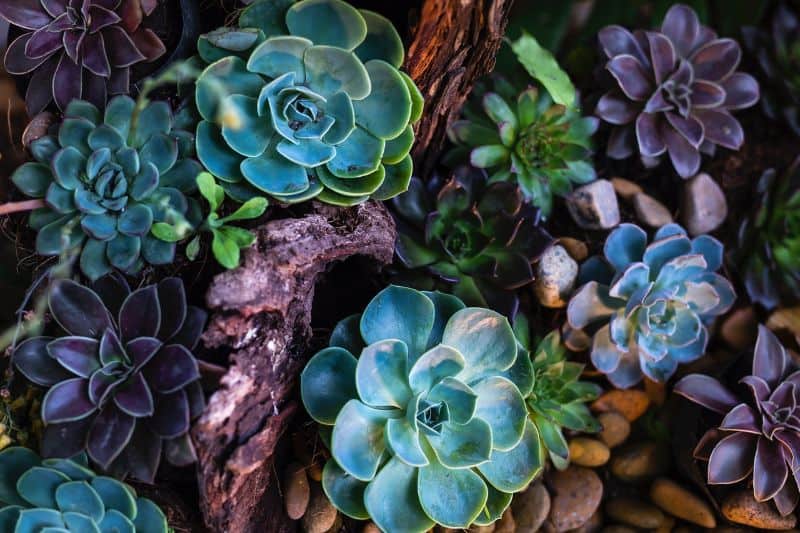
For something a bit different, consider planting succulents. They come in all sorts of quirky shapes and require minimal care, making them suitable for busy moms. Caring for these unique plants allows preschoolers to learn about their watering needs and how to nurture them.


